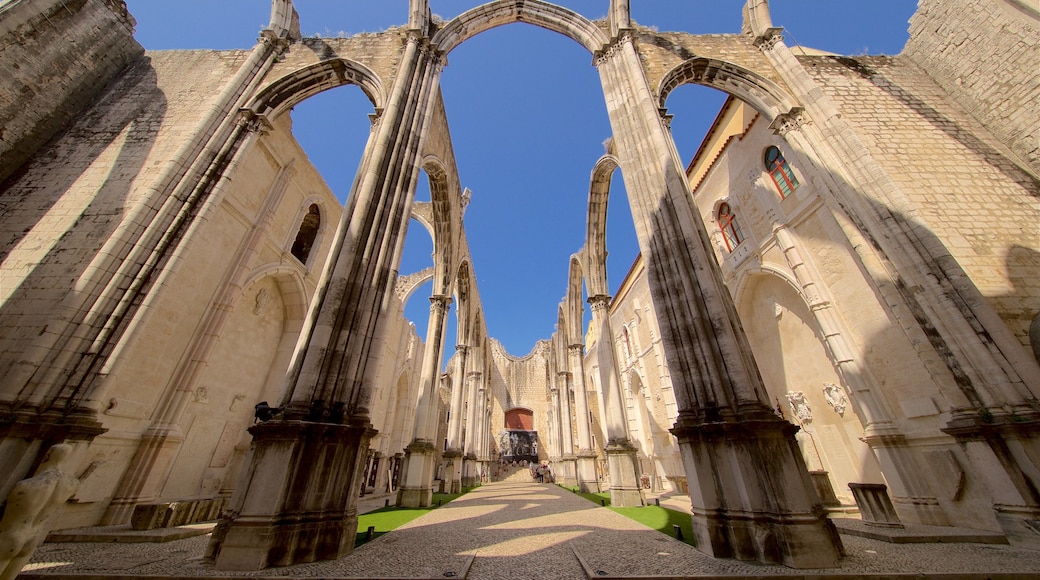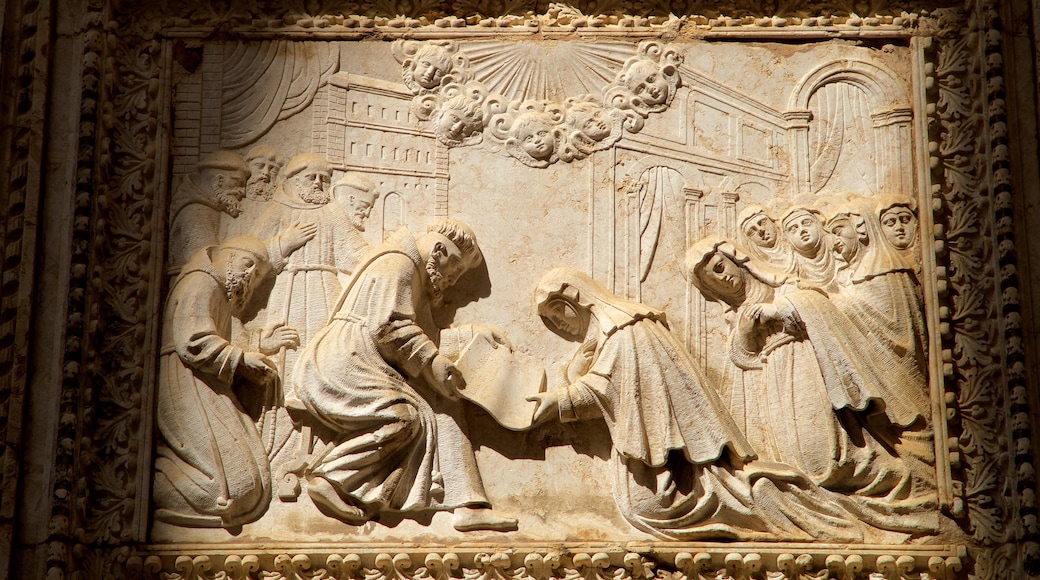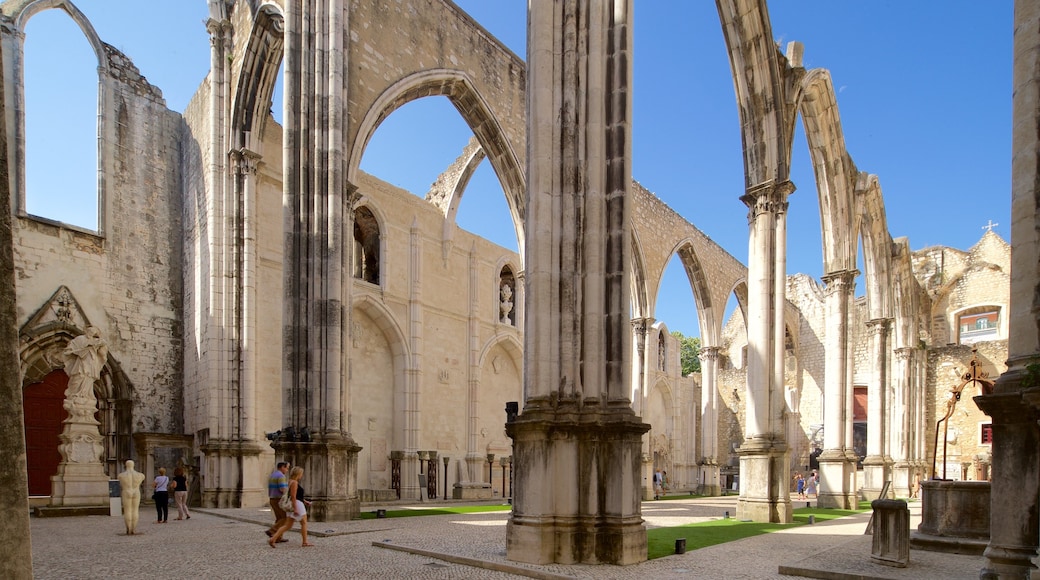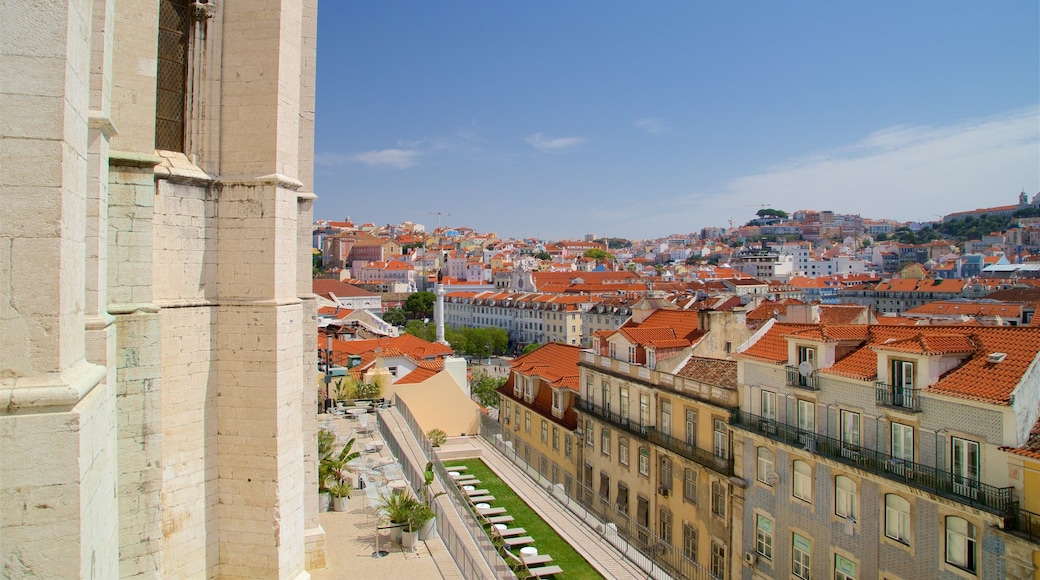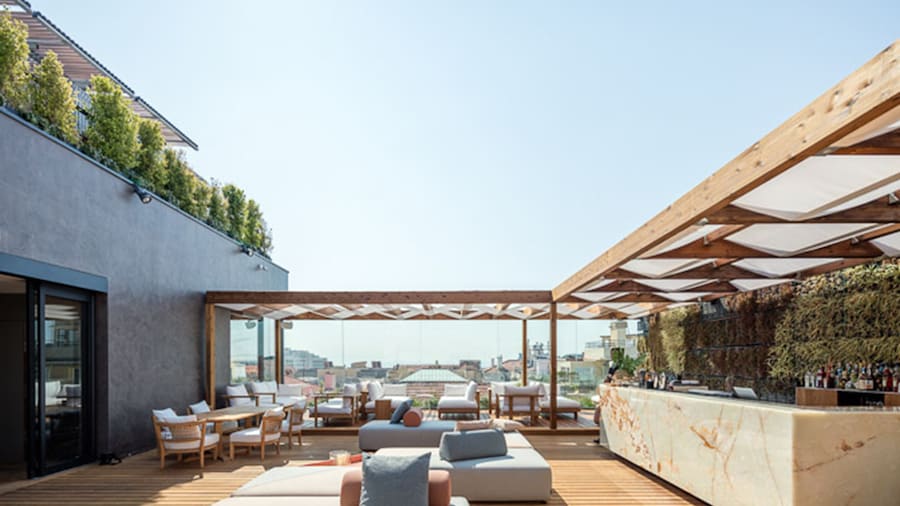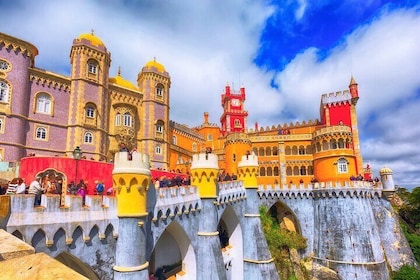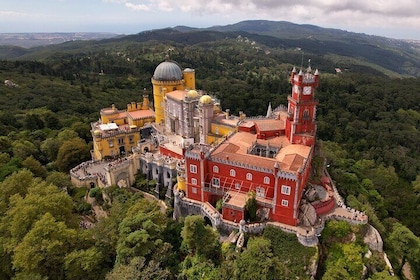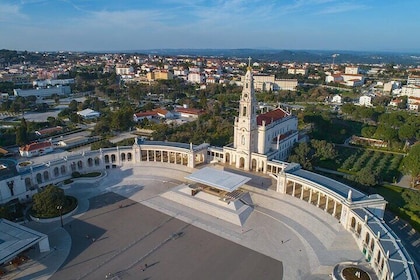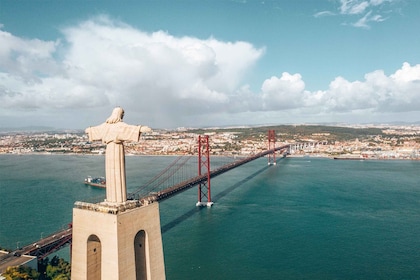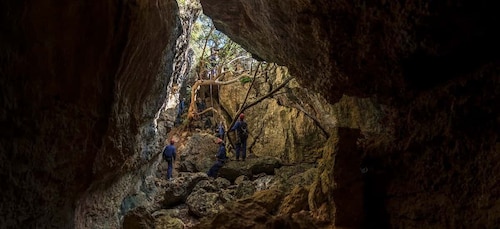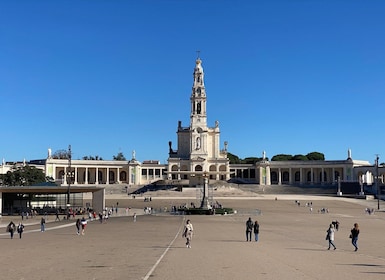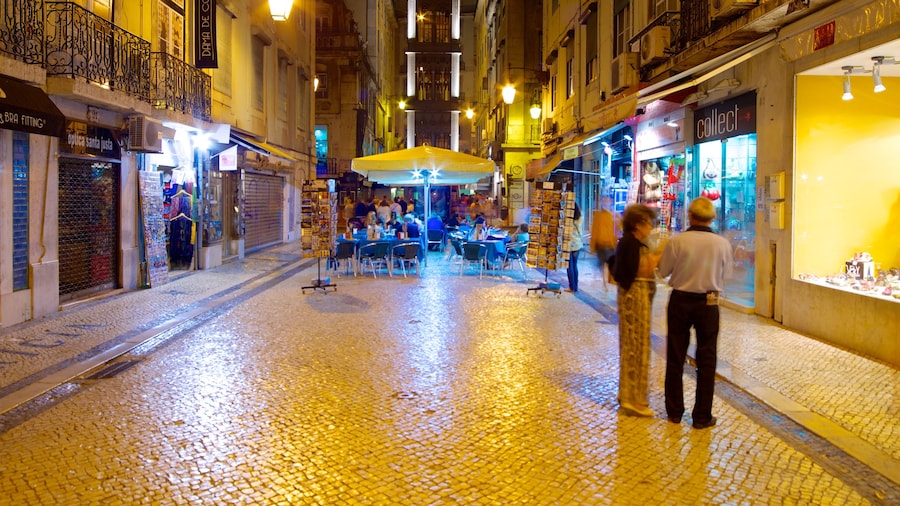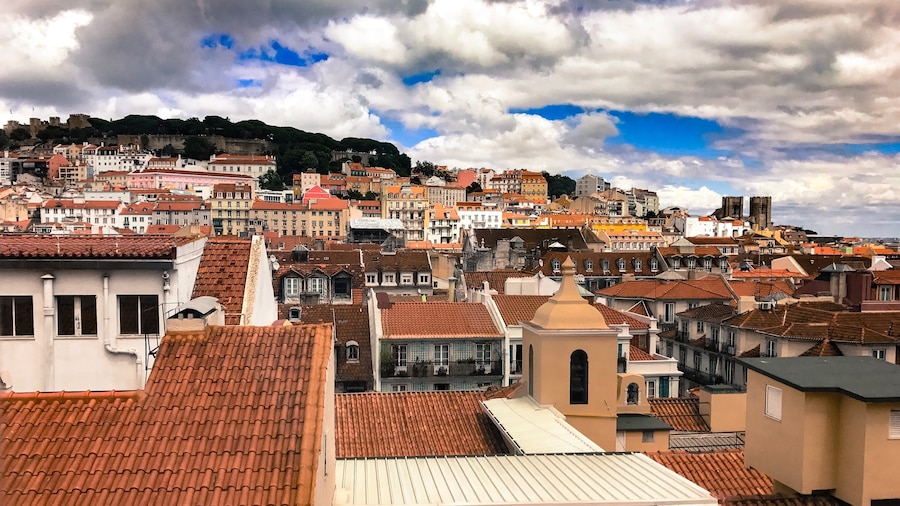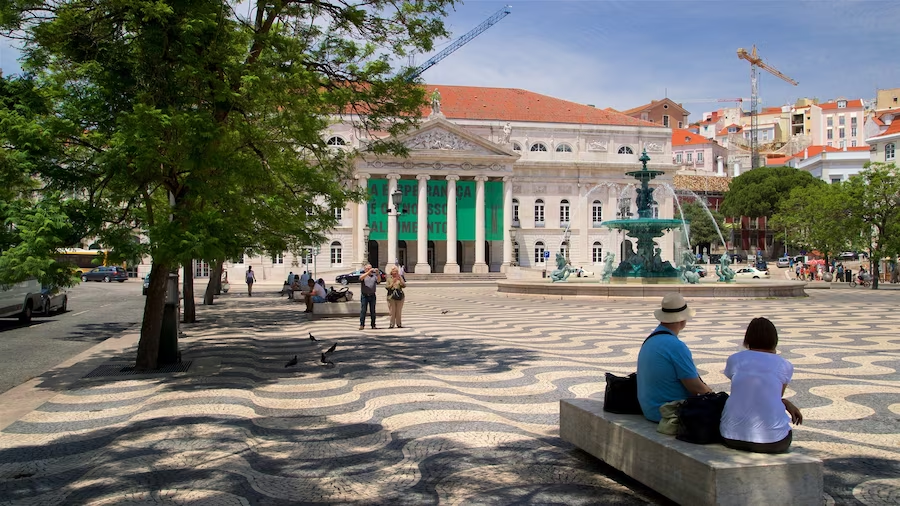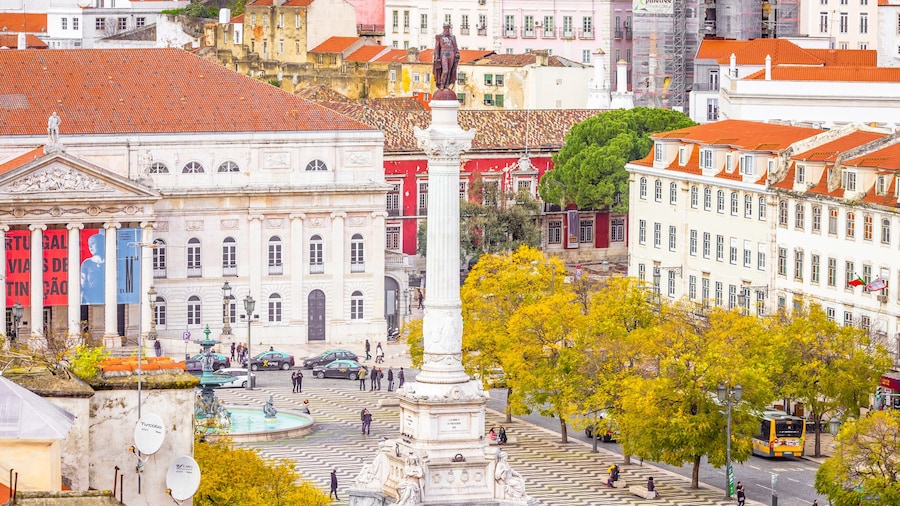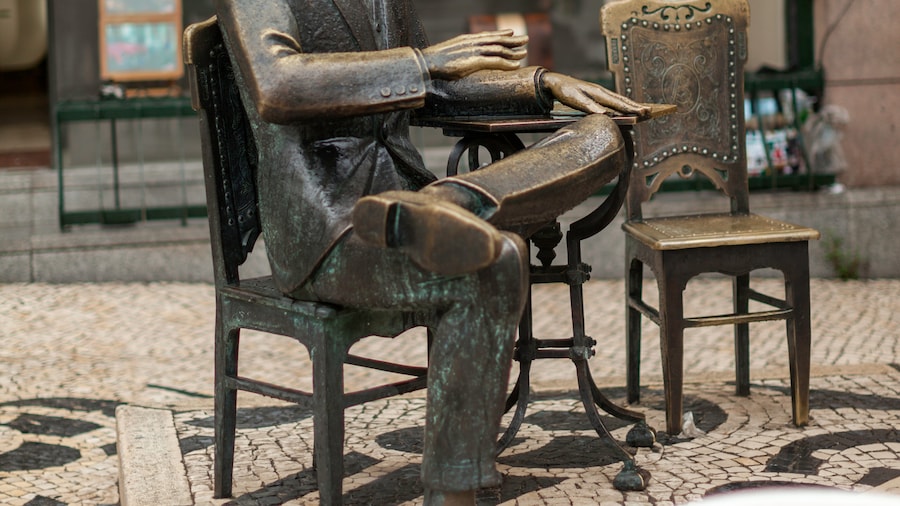The skeletal ruins of this 14th-century church are a testament to the damage and devastation suffer by the city during the 1755 Lisbon earthquake.
Part of the Museu Arqueológico do Carno, the ruins of the Carmo Convent serve as a haunting reminder of the mid 18th-century earthquake that lay waste to the city of Lisbon. Stroll around the evocative roofless ruins of the convent and ponder the devastating effects of the 1755 earthquake. Delve into Lisbon’s history while viewing the exhibits at the on-site archaeological museum.
Learn about the history of the once-magnificent convent, which was built in 1389, prior to Portugal’s rise to superpower status during the 15th century. At the time of the earthquake, it was one of the biggest churches in the city. After the earthquake, leaders decided that rather than clearing away the ruins, they would instead leave them standing to serve as a reminder of that fateful day.
Find out how the catastrophic earthquake of 1755 forever changed the face of the city. While wandering the site, try to imagine how the cathedral would have appeared during its pre-earthquake heyday. Only the shell of the Gothic building remains standing, with arches and pillars visible.
Browse the displays of the on-site archaeological museum. Occupying the space that used to be the church’s main altar, the museum now exhibits objects found in the region. Inspect statues, ceramics, mosaics, tiles, ancient coins and tombstones. Don’t miss the museum’s most eerie display: two 16th-century Peruvian mummies.
For a different perspective on the convent, ride the Elevador deSanta Justa. This early 20th-century lift carries passengers up the Carmo hill. At the top of the hill, a viewpoint overlooks the soaring arches of the church ruins, which stand out amid the more modern post-earthquake constructions of the surrounding district.
Find the Carmo Convent in the Chiado neighborhood of Lisbon. To get here, ride the metro to Baixa-Chiado station. From there, make the 5-minute walk to the convent. The convent and museum are open Monday through Saturday. A small entrance fee applies.
